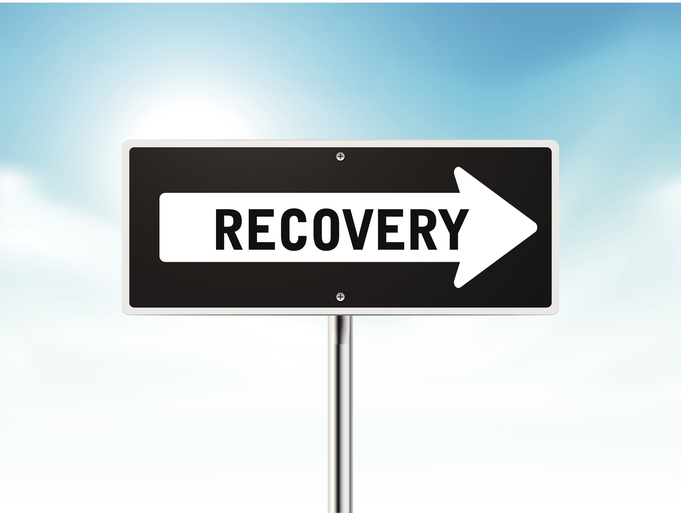
If the unthinkable happens, you will need to have a comprehensive disaster recovery plan in place to minimize losses.
When your company needs access to data, you want that data to be available. If the unthinkable happens, you will need to have a comprehensive disaster recovery plan in place to minimize losses. Here are some best practices for implementing and executing your disaster recovery plan.
What You Will Need
First and foremost, you will need to make sure your disaster recovery plan has support from your company’s senior management, and approved funding. You can come up with the greatest plan your company has ever seen, but without approval and a budget you likely won’t get very far. Next, take a good look at your disaster recovery plan. Make sure it is structured, clear, and concise. You will need to test the plan periodically to make sure that in the event of an actual disaster, your company will be ready.
Goals of Your Disaster Recovery Plan
The ultimate goal of your disaster recovery plan is to make sure your company’s data is protected. Start by looking at all of the goals of your plan and identifying any and all threats there may be to the success of those goals. Make sure preventative measures are put into place that take those threats down to an acceptable level. Some risks you just won’t be able to eliminate completely, but a solid disaster recovery plan minimizes risks as much as possible.
Small Measures to Avoid Big Mistakes
Obviously nothing can be totally flawless, but there are some simple things that you can do to make sure your disaster recovery plan works.
- Make sure you have support from management and an approved budget. Also, make sure you stay within that budget. Your boss isn’t going to be very supportive of your disaster recovery plan if it costs them more than you said it would.
- Research absolutely everything. You will want to learn everything you possibly can to make sure your network is fortified against disaster.
- Include step-by-step procedures. You should never assume that someone will just know what to do. Any number of things can happen and it is far better to be over-prepared than to have people who don’t know what to do.
- Regularly review and test your disaster recovery plan. Simply having a plan is not enough. Your business is constantly growing and evolving, your disaster recovery plan should evolve along with it.
IT Solutions and Network Protection from Global Harvest Networks
Global Harvest Networks has been working for the Washington D.C., Maryland, and Virginia areas since 2000 and we’re ready to lend our expertise to you! We offer a wide range of IT solutions that can tackle any and all of your network’s needs. Please don’t hesitate to contact us so that we can help you! You can also give us a call at 410-691-1130. We’re ready to assess your system, diagnose the problem, and help you find a plan that will strengthen your network all free of charge! For more information on the latest things you should protect your system from, follow us on Facebook, Twitter, Google+, LinkedIn, and YouTube.


